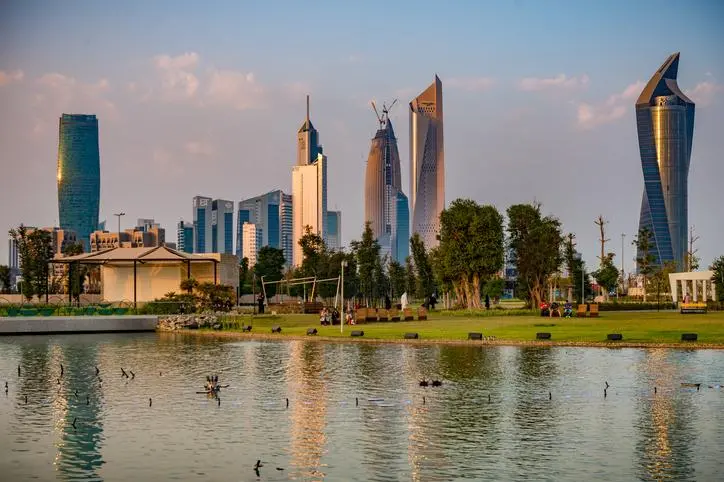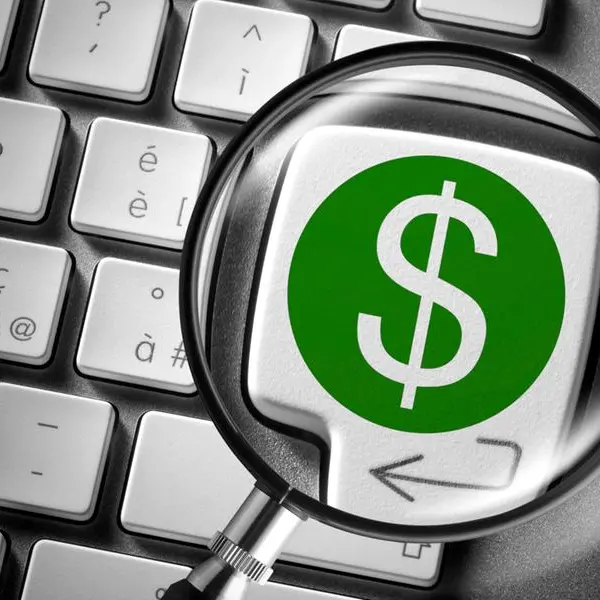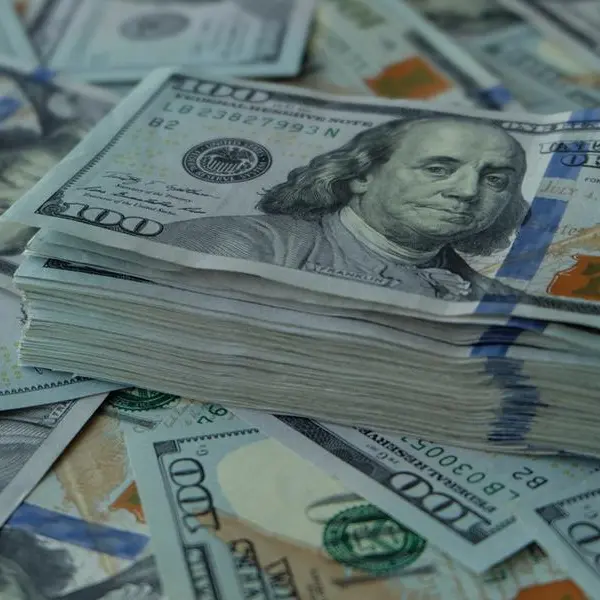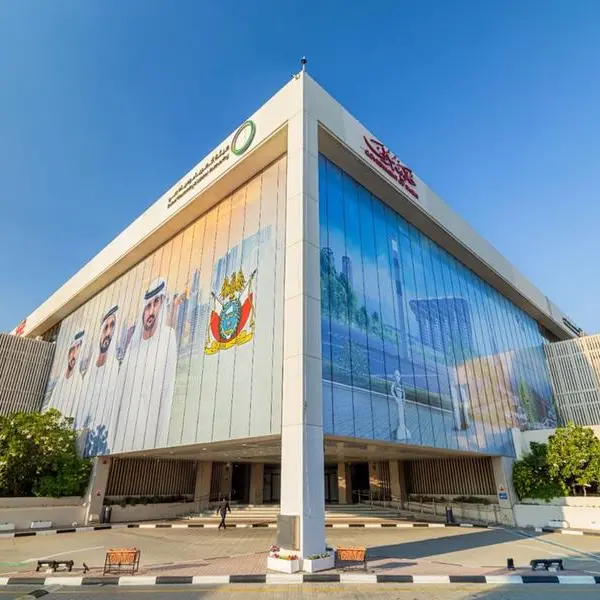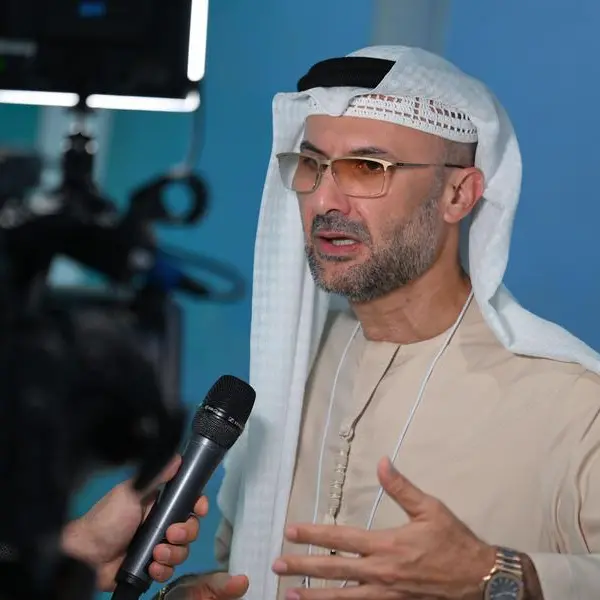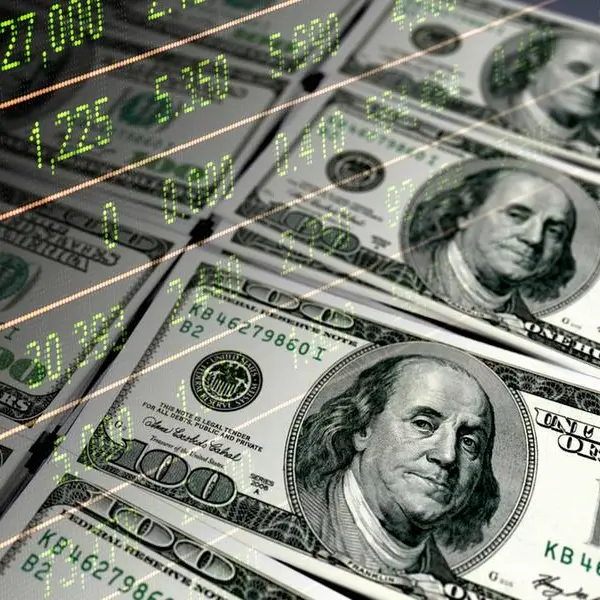PHOTO
KUWAIT CITY - In the recent days, many questions have been raised about the sovereign wealth fund (SWF) of Kuwait, and whether it has been affected by the current global financial and economic crisis.
In fact, Kuwait’s sovereign wealth fund has been witnessing continuous growth in the years following the 2008 financial crisis, as per statements issued by officials of the Kuwait Sovereign Fund. So far, the State has been refraining from withdrawing from these sovereign assets to finance the budget deficit that has been continuing for seven consecutive years. Kuwait has sovereign savings of $655 billion, which have accumulated over the decades as a result of surpluses from oil revenues.
These savings are held in several forms, mainly sovereign wealth, the value of which is about $592 billion as per estimates, representing the assets of the Future Generations Fund and is managed by the Kuwait Investment Authority. In addition, there is the reserve of Kuwaiti money at the Central Bank of Kuwait, which is worth about $38 billion, as well as the government deposits with the banking sector, which amount to $25 billion.
Highest
The sovereign wealth fund of Kuwait is the third highest in the Gulf in terms of value, and the first in the Gulf in terms of its ratio to GDP, constituting about 475 percent of the gross domestic product.
On the other hand, the UAE leads the Gulf countries with a sovereign wealth fund of about $ 1.35 trillion, constituting about 333 percent of its GDP, followed by Saudi Arabia with a sovereign wealth fund of about $ 915 billion, constituting about 117 percent of its GDP.
In a similar context, the US Treasury Department statistics showed a significant growth last March in Kuwaiti investments in the American financial markets, amounting to about $10 billion.
These were mainly in shares that accounted for about half of those investments and achieved 300 percent growth on a monthly basis, taking advantage of sharp declines in the prices of various financial instruments in the markets due to the effects of the COVID-19 pandemic.
The huge increase in Kuwaiti investments in the American financial markets indicates a large liquidity pumped during the month of March to seize investment opportunities, which are mostly due to Kuwaiti institutions and funds, particularly the Kuwaiti sovereign wealth fund, which invests about half of its total investments of USD 592 billion, according to Fitch Ratings’ rating, in American financial markets ranging from bonds, stocks, and other different financial instruments.
Also, Kuwait has a savings pool represented by deposits with the banking sector, which amounted to KD 7.56 billion, which is equivalent to about $24 billion, by the end of last March, according to the monthly bulletin issued by the Central Bank of Kuwait.
Deposits
Government deposits in the Kuwaiti banking sector have accumulated and achieved a growth of 37 percent over the years from 2015 to 2019. About KD 2 billion was added to it during this period, knowing that it was KD 5.4 billion (equivalent to USD 17.7 billion) in January 2015 with an annual growth rate exceeding seven percent.
Long-term deposits represent the largest share of those deposits which constitutes about 96 percent. The returns of those deposits declined sharply with the historic declines in interest rates witnessed in the first quarter of the year to reach between 1 and 1.5 percent, while many of those deposits fall into current deposits with zero interest.
Nonetheless, Kuwait’s foreign exchange reserves outperform the rest of the world in terms of its primary job, as it covers Kuwait’s import requirements for 13 months, which is four times the global average, where the safe limit is that the liquidity of the foreign exchange reserves are covered, without including gold, three months from average value of imports.
However, Kuwait’s foreign exchange reserves accumulate and witness remarkable growth on an ongoing basis. The monetary reserve of Kuwait recorded its highest levels at the end of last April, after it rose during the month to reach KD 11.93 billion ($38.6 billion), a monthly increase of 4.4 percent, and at a value of KD 507 million during the month (about $1.64 billion) compared to the level of $37 billion by the end of last March. It surpassed its highest level ever in February when it reached KD 11.66 billion (equivalent to $37.84 billion).
Reserves
Also, the country’s foreign exchange reserves represent the total cash balances, accounts, bonds, certificates of deposit, treasury bills and foreign currency deposits with the Central Bank of Kuwait. Nonetheless, Kuwait has very safe levels of debt, as the total public debt is KD 4 billion which is equivalent to about $13 billion.
This represents less than 15 percent of the gross domestic product, which is among the safest levels in the world. The Public Debt Law had expired in October 2017, and the total public debt at that time was KD 7.5 billion, which then decreased over a period of about three years by a value of KD 3.5 billion.
This allows Kuwait to borrow, after approved by the public debt law, especially with the fall in interest rates globally and possession of a strong credit rating.
However, what remains is the pressure on the public finances due to the decline in oil prices and the economic repercussions of the COVID-19 pandemic, as the budget deficit, which needs massive financing, increases by an estimated $23 billion, according to the expectations of the Japanese Mitsubishi UFJ Financial Group.
© 2020 Arab Times Kuwait English Daily. All Rights Reserved. Provided by SyndiGate Media Inc. (Syndigate.info).
